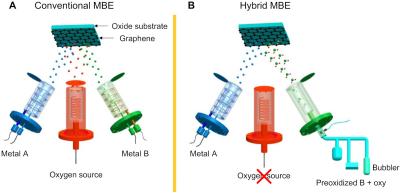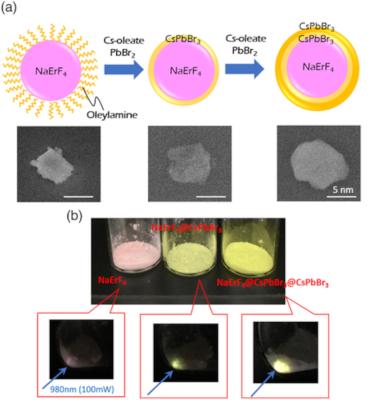Researchers reach >28% efficiency with perovskite-silicon tandem PV cell with textured wafers
Scientists from Saudi Arabia’s King Abdullah University of Science and Technology (KAUST), Deutsches Elektronen-Synchrotron DESY, Academy of Sciences of the Czech Republic and Slovak Academy of Sciences have demonstrated a power conversion efficiency of 28.1% for a perovskite-silicon tandem solar cell based on textured silicon wafers.
Textured silicon wafers used in silicon solar cell manufacturing offer superior light trapping, which is a critical enabler for high-performance photovoltaics. The team explained that a similar optical benefit can be obtained in monolithic perovskite/silicon tandem solar cells, enhancing the current output of the silicon bottom cell. Yet, such complex silicon surfaces may affect the structural and optoelectronic properties of the overlying perovskite films.









